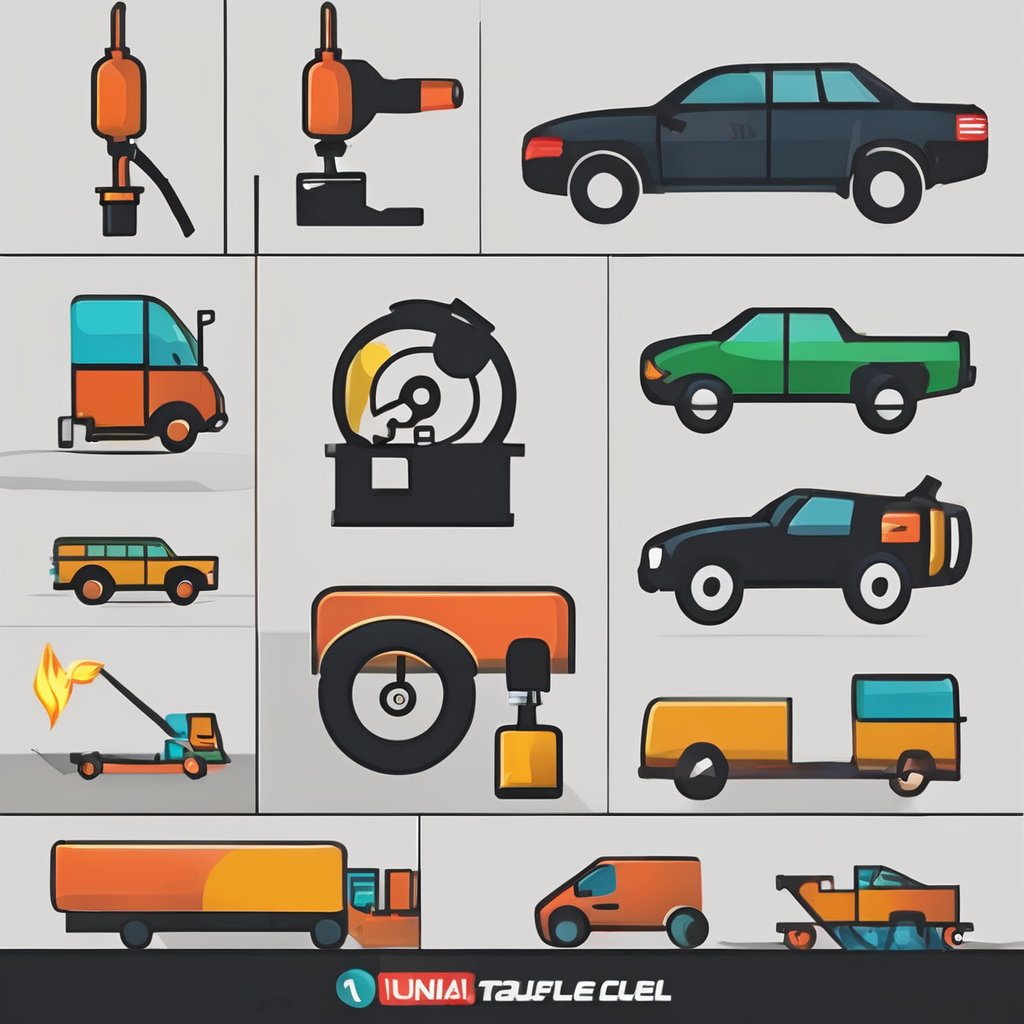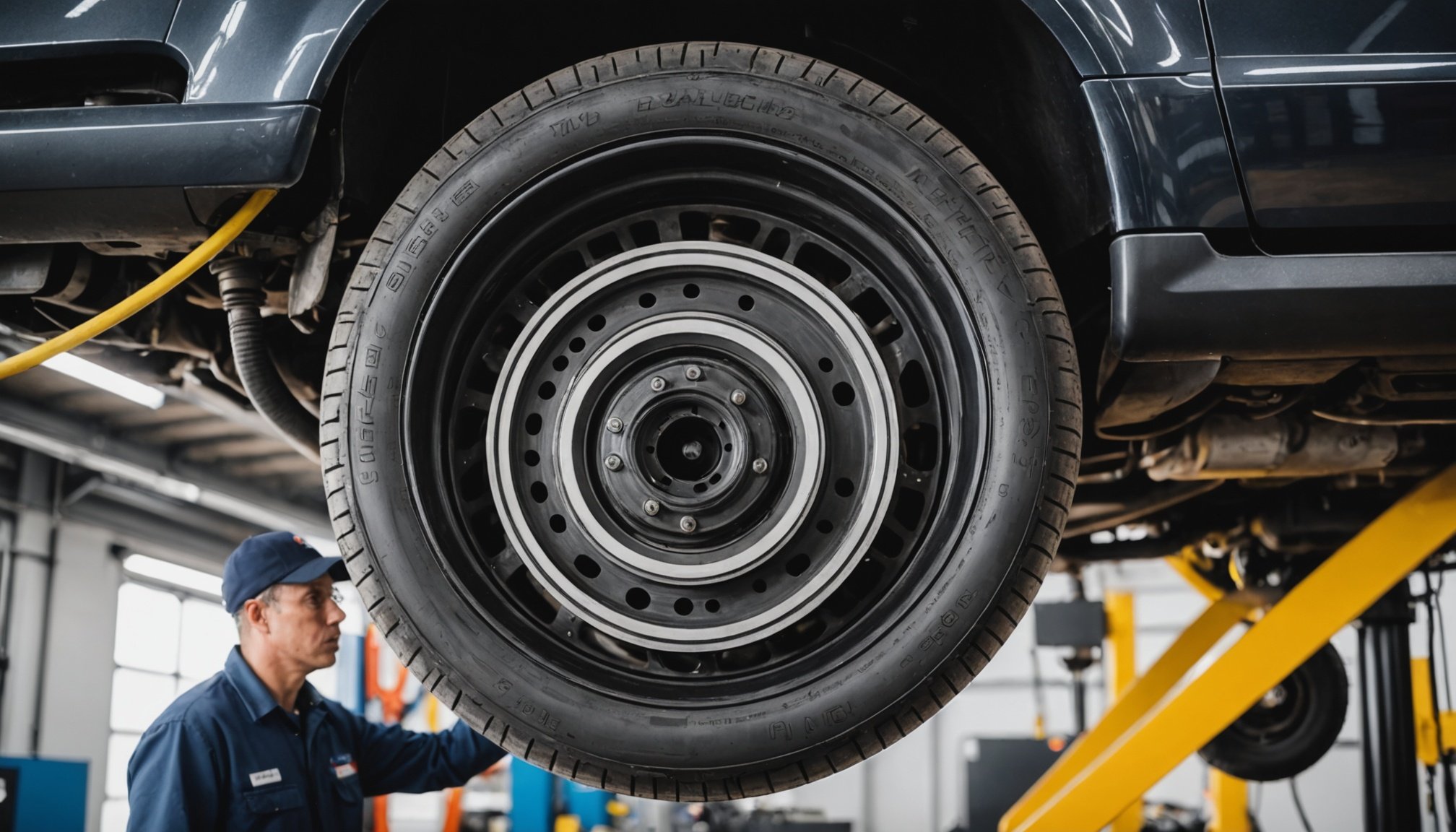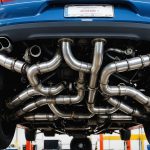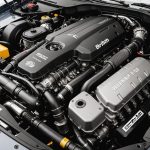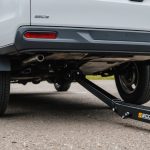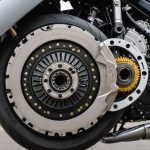Understanding Air Suspension Systems
Air suspension systems play a crucial role in high-end vehicles, offering a smoother ride and improved control. The technology enhances the luxury car suspension by replacing traditional coil springs with airbags made of rubber or polyurethane. This allows for adjustable ride height, benefiting both comfort and handling under varying road conditions and loads.
Components of Air Suspension Systems
The main components include air springs, a compressor, valve blocks, height sensors, and electronic control units. Air springs support the vehicle’s weight and absorb shocks, while the compressor inflates or deflates them to adjust the vehicle’s height. Valve blocks manage air distribution, ensuring even suspension pressure, and height sensors provide real-time data to the control unit, maintaining optimal ride quality.
In parallel : Mastering oxygen sensor maintenance: unlocking the ideal air-fuel ratio for optimal engine performance
Comparing Air Suspension with Traditional Systems
Unlike traditional suspension systems which rely on coils and struts, air suspensions offer adaptability and superior ride comfort. While traditional systems are simpler and more cost-effective, air suspension allows for superior performance, particularly in luxury vehicles, where comfort is paramount. However, this complexity means air suspensions require more advanced maintenance and repairs, often involving specialized diagnostic tools.
Common Symptoms of Air Suspension Leaks
Air suspension systems in high-end vehicles are crafted for optimal comfort and performance, but they can occasionally face issues like leaks. Recognizing the symptoms of air suspension leaks is vital for prompt repairs and maintaining vehicle quality.
This might interest you : Ultimate guide to protecting your vehicle”s rollover safety features
Symptoms often manifest as noticeable changes in ride quality. One primary indicator is the vehicle riding lower than usual, especially after being parked for a while. Moreover, an imbalanced ride, where one side of the car sits lower than the other, can signal leaks. Additionally, frequent compressor activity indicates that the system struggles to maintain the set ride height due to air loss.
Vehicle warning signs are also evident in changes to handling and comfort. A rough ride or unusual noises, such as hissing, when the suspension is adjusting, may point to a leak. The car’s onboard diagnostics might display alerts or warning lights related to suspension issues.
Ignoring such signs can affect overall performance and may lead to more costly repairs. If you notice any of these luxury car issues, it’s crucial to address them quickly to prevent further damage and maintain the vehicle’s esteemed ride quality. Regular checks for leaks can prolong the life of the air suspension system.
Tools Required for Detection
In the realm of luxury vehicle maintenance, having the right tools for diagnosing air suspension leaks is crucial. Diagnostic equipment plays a significant role, especially when dealing with sophisticated air suspension systems in high-end vehicles.
For accurate diagnosis, it is imperative to use a pressure gauge. This tool helps in measuring any deviations from normal pressure levels within the system, a key indicator of leaks. Another indispensable tool is an ultrasonic leak detector, which assists in identifying leaks by detecting high-frequency sounds produced by escaping air, thus offering a non-invasive way to pinpoint issues.
Specialized equipment, such as OBD-II scanners, offer insights by reading error codes related to the luxury car suspension system, further facilitating troubleshooting.
Every luxury car owner should stock basic maintenance tools like wrench sets and jack stands. These are essential for safely accessing the undercarriage of the vehicle to inspect or replace parts.
Investing in specialized diagnostic tools ensures that any potential air suspension issues can be swiftly and accurately addressed, maintaining the luxury and performance that high-end vehicles are renowned for. In addition, using precise equipment minimizes the risk of exacerbating existing problems during the detection process.
Troubleshooting Air Suspension Issues
When embarking on air suspension troubleshooting for luxury vehicles, it’s essential to identify and address common problems promptly. One prevalent issue is a malfunctioning compressor, which can lead to inadequate inflation of air springs. To troubleshoot, first check for any diagnostic codes using an OBD-II scanner, as this may highlight electrical faults in the system.
Understanding typical issues, such as leaks or faulty height sensors, helps. Using a pressure gauge, measure each spring’s pressure to ensure even inflation—discrepancies may indicate a leak. Also, examine the condition of airbags and listen for hissing sounds, which suggest punctures or wear.
When addressing these systems, systematic maintenance is key. Regular checks and timely replacements of worn components can prevent issues, prolonging system life. It’s also wise to keep the electronic control unit firmware updated, ensuring optimal performance.
For minor maintenance tips, ensure all electrical connections are secure and free from corrosion, as poor connectivity can affect performance. By following these practices, you can mitigate potential problems and maintain the vehicle’s smooth, luxurious ride. Adopting preventive strategies, such as keeping system components lubricated, can further safeguard against future complications.
Step-by-Step Procedures for Detecting Leaks
Detecting air suspension leaks in high-end vehicles requires a systematic approach to ensure precision and accuracy. Firstly, it’s essential to manually inspect the air springs and associated connections for any visible signs of damage or wear. Look for small cracks or deterioration around the rubber components that might cause leaks.
To further enhance detection accuracy, employ a pressure testing method. This involves using a pressure gauge to measure the level inside each air spring. Discrepancies in these readings can indicate a potential issue. Listening techniques can also be beneficial; employ an ultrasonic leak detector to identify the high-frequency sounds emitted by escaping air, pinpointing the leak’s location non-invasively.
Once identified, the next step is to assess the severity of the leak. Check if it’s a minor puncture that can be sealed or requires a full replacement of the air spring. Understanding the severity allows for the correct repair process to be initiated, ensuring vehicle performance is restored efficiently.
By following these detailed procedures, one can address air suspension leaks effectively, maintaining the luxurious ride quality synonymous with high-end vehicles. A meticulous approach to diagnostics safeguards against systemic failures and more costly future repairs.
Safety Tips for Working on Air Suspension Systems
When working on air suspension systems, particularly in high-end vehicles, safety is crucial. Given the complexities and the pressure involved, understanding safety tips for vehicle maintenance can prevent accidents and injuries.
First, always ensure you’re working on a stable surface. Unstable conditions can lead to mishaps, especially when handling heavy parts or components. Using jack stands provides the necessary stability to avoid sudden shifts that might cause injury.
Compressed air systems pose specific risks due to their high pressure. It’s vital to release system pressure before starting any diagnostic or repair work. This reduces the risk of unexpected air release, which can cause parts to move violently.
Another high-end car care tip is to wear appropriate protective gear. Gloves and safety goggles shield you from accidental air bursts and protect against sharp edges or corrosive materials.
Ensure you use proper tools designed for air suspension systems. Inappropriate substitutes can damage components and compromise your safety.
Finally, maintaining a clean and organized workspace minimizes accidental trips and falls, allowing you to focus on the intricate task of repairing or maintaining the vehicle. These precautions help maintain safety while ensuring effective and efficient air suspension repairs.
Additional Resources and Visual Aids
In the realm of air suspension repair, having access to additional resources and visual aids can significantly enhance your understanding and effectiveness. Diagrams for maintenance are invaluable, providing detailed visuals of the components involved, which can simplify identifying parts during repairs or replacements.
Instructional videos are another excellent resource for those engaging in DIY maintenance. These videos often demonstrate each step of the repair process, offering a hands-on perspective that’s particularly useful for visual learners. When dealing with luxury car suspension, these aids ensure accuracy and prevent common pitfalls.
For more in-depth understanding, refer to technical manuals. These documents often include comprehensive information about the specific system used in your high-end vehicle, covering everything from troubleshooting air suspension issues to in-depth component analysis. Such manuals can typically be found online or through the vehicle manufacturer.
Consistently relying on credible sources for air suspension repair tutorials ensures that any modifications or maintenance tasks adhere strictly to recommended procedures, preserving the vehicle’s performance and luxury. Access to proper resources not only supports quality repairs but also boosts confidence in handling sophisticated suspension systems.
